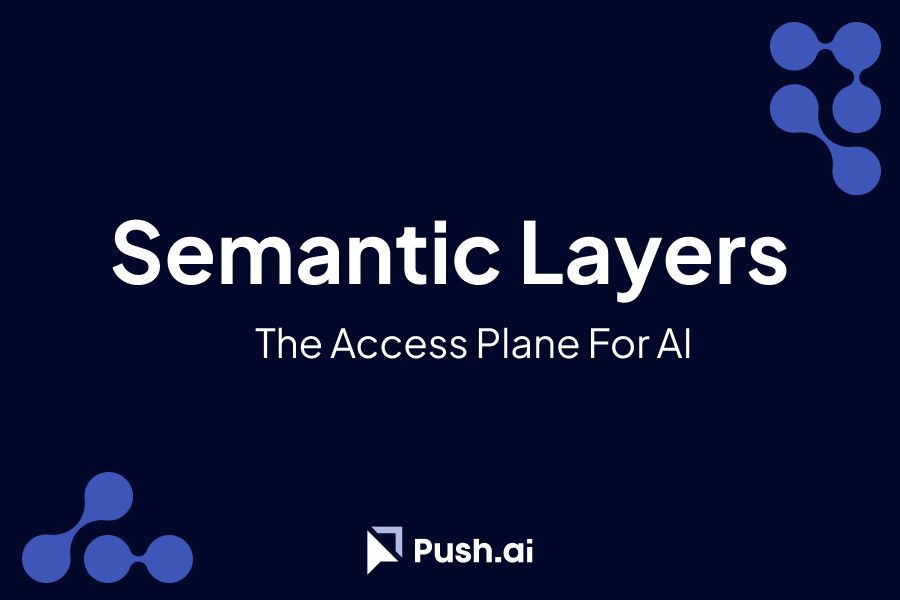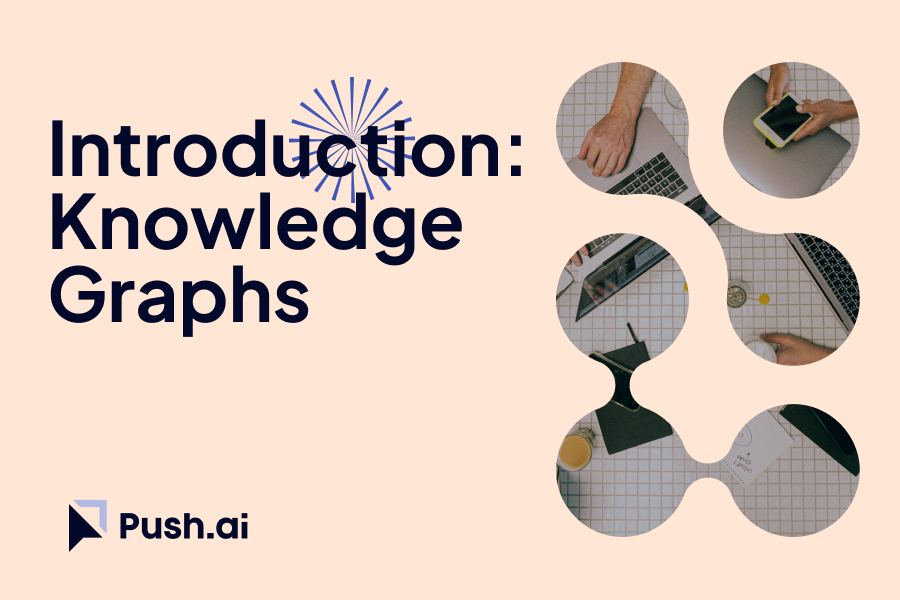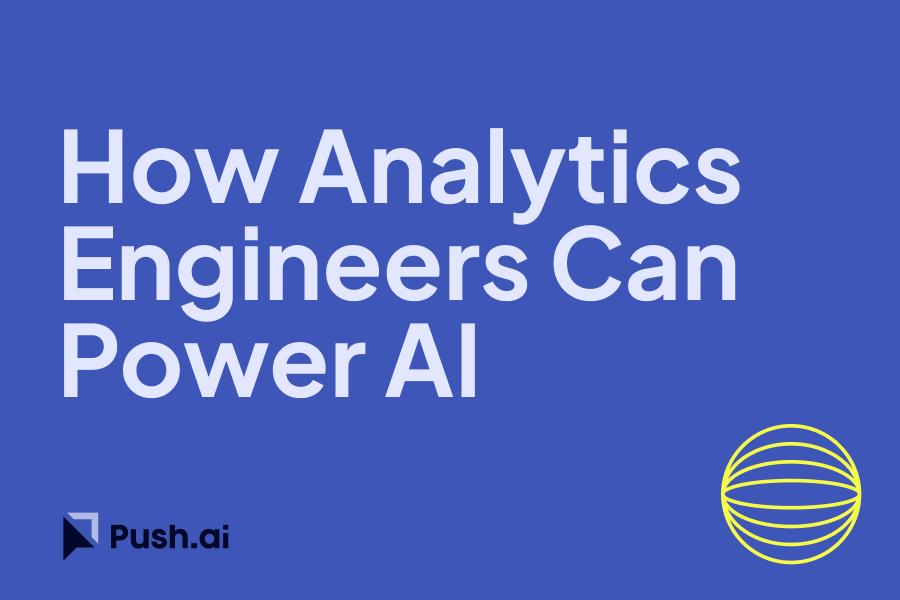Data consumers are the people who use data to make decisions. This can include business analysts, executives, managers and individual contributors. Semantic layers impact data consumers in a number of ways, including:
- Improved self-service analytics: Semantic layers make it easier for data consumers to retrieve and analyze data on their own, without having to rely on IT or data analysts. This is because semantic layers provide a business-friendly view of the data and hide the complexity of the underlying data sources. For example, the dbt Cloud Semantic Layer allows business analysts to pull data sets directly into Google Sheets with accurate, reliable metrics.
- Increased productivity: Semantic layers can help data consumers be more productive by reducing the amount of time they spend on data preparation and data wrangling. This is because semantic layers automate the need to understand data infrastructure and logical nuances needed to define metrics. Without a semantic layer, the same person would have to figure out how to query across the thousands or millions of fields available in their data warehouses. Instead of writing hundreds of lines of SQL, teams can request the metrics and dimensions they want for analysis.
- Improved data quality: Semantic layers can help to maintain data quality by ensuring that data is consistent and accurate across the organization. A semantic layer provides a single source of truth for all data. Metrics will return the same values when queried from any tool, allowing data consumers to choose how they want to interact with the data.
- Enhanced data governance: Semantic layers can help organizations to improve data governance by providing a central place to manage data definitions and security policies. This helps to ensure that data is used responsibly and that it is protected from unauthorized access. Data consumers can have their own permissions, with most semantic layers offering control on who is allowed to see which metrics and which dimension values.
Here are some specific examples of how a semantic layer can impact data consumers:
- A business analyst can use a semantic layer to create dashboards and reports that track key performance indicators (KPIs) and other metrics. This can help the analyst to identify trends and patterns in the data and make better decisions about the business.
- A sales manager might utilize a semantic layer to gain insights into customer acquisition costs by combining CRM data with financial performance data. By leveraging the semantic layer's simplified view, they can quickly compare cost per acquisition across different products and campaigns, helping them to allocate resources more effectively and increase ROI.
- Operations teams can benefit from a semantic layer by integrating logistics, inventory, and production data. This allows them to monitor supply chain activities comprehensively, anticipate operational challenges, and improve efficiency. For example, by correlating sales forecasts from the CRM with real-time production metrics, teams can adjust manufacturing schedules to prevent stockouts or overproduction.
- Finance professionals can use semantic layers to reconcile expenses and revenues with operational data, streamlining financial reporting and analysis. They can more easily identify cost-saving opportunities and perform accurate forecasting by having a unified view of financial data alongside business operations. Additionally, they can automate and enhance regulatory compliance reporting by ensuring that financial data is aligned with the latest business activities and metrics.
- An executive might rely on a semantic layer to provide a holistic view of the company's operations. They could access integrated reports that combine data from the CRM, product analytics, and financial systems to assess overall business health, track progress against strategic goals, and make informed decisions about future investments and market expansion.
Overall, semantic layers can have a significant positive impact on data consumers. They can help data consumers to be more self-sufficient, productive, and effective in their work. They can also build trust in the data, creating a healthier data culture within an organization.
Data consumers can expect the following ROI from a semantic layer deployment:
- Faster time to insight: Semantic layers can help data consumers to get insights from their data faster by eliminating the need to learn and use complex data tools.
- Improved collaboration: Semantic layers can help data consumers to collaborate more effectively by providing a common view of the data.
- Increased data literacy: Semantic layers can help data consumers to become more data literate by providing them with a business-friendly view of the data and by hiding the complexity of the underlying data sources.
Overall, semantic layers can be a valuable asset for data consumers of all types.


%201.svg)







